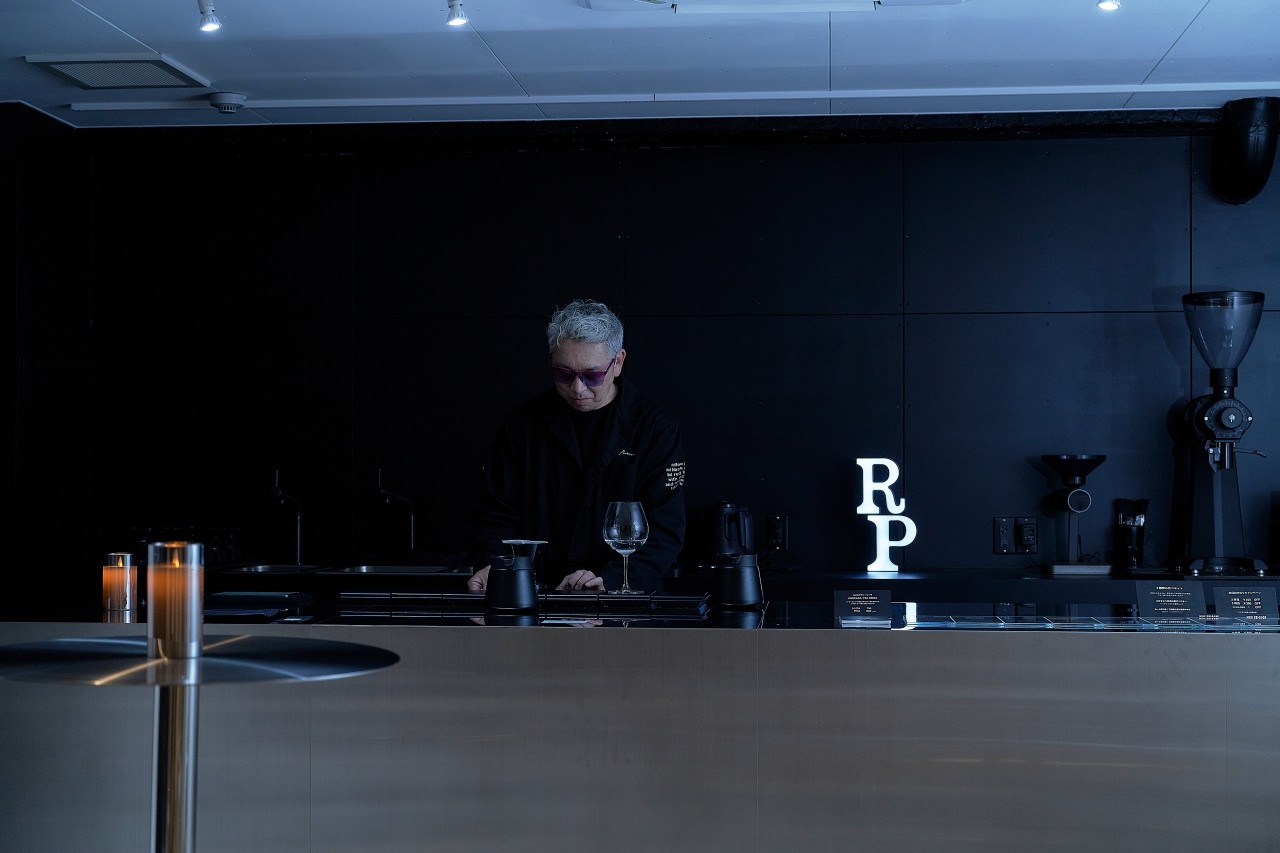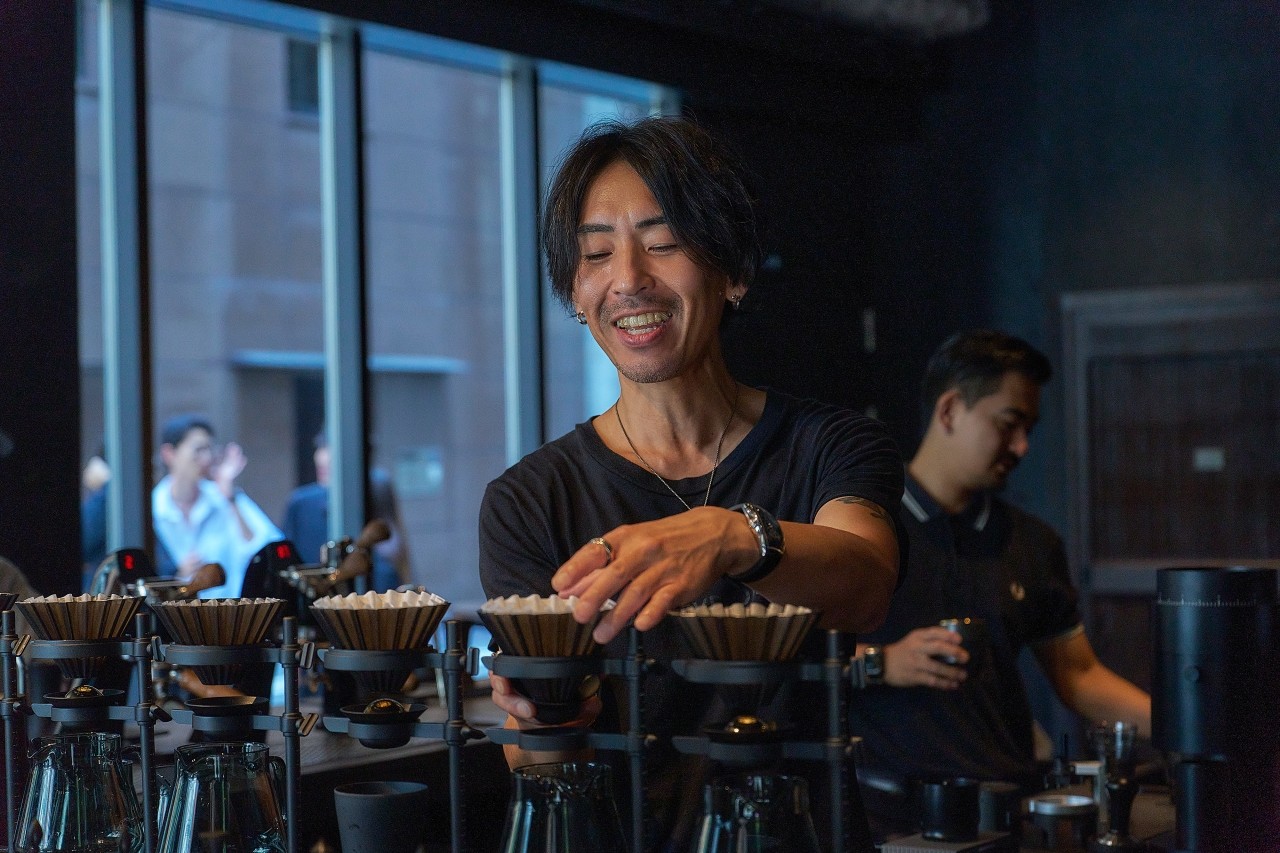"TDS" and "EY" which express coffee concentration and extraction efficiency
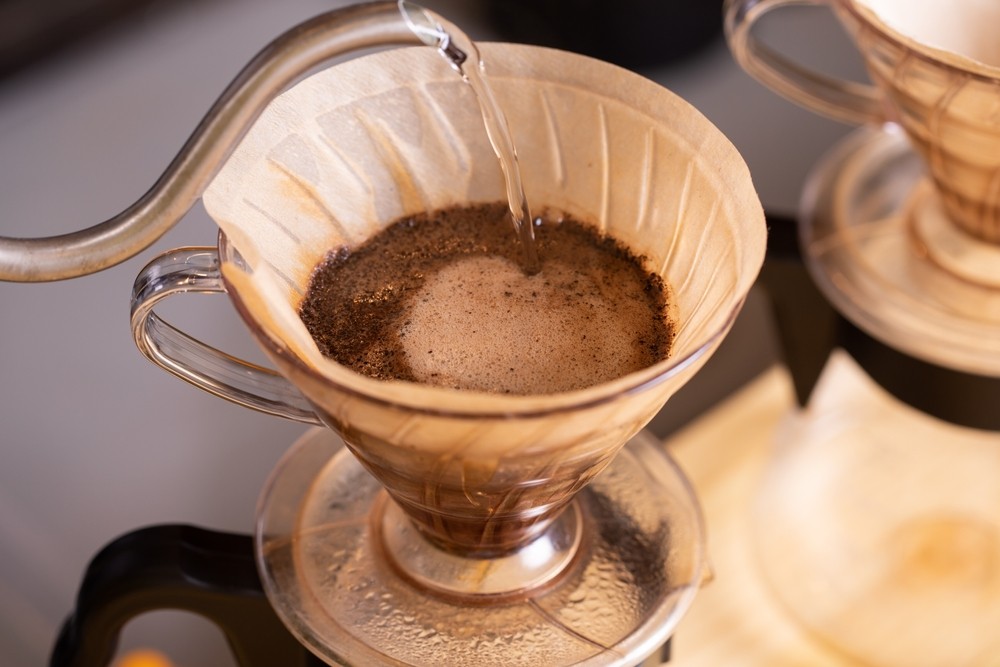
We explained the numerical indicators of roasting degree in a previous article, but there are also numbers that are referred to during extraction.
Particularly well-known are concentration (TDS) and yield (EY).
In this article, we will explain these two numbers.
Particularly well-known are concentration (TDS) and yield (EY).
In this article, we will explain these two numbers.
"TDS" is an index that shows concentration
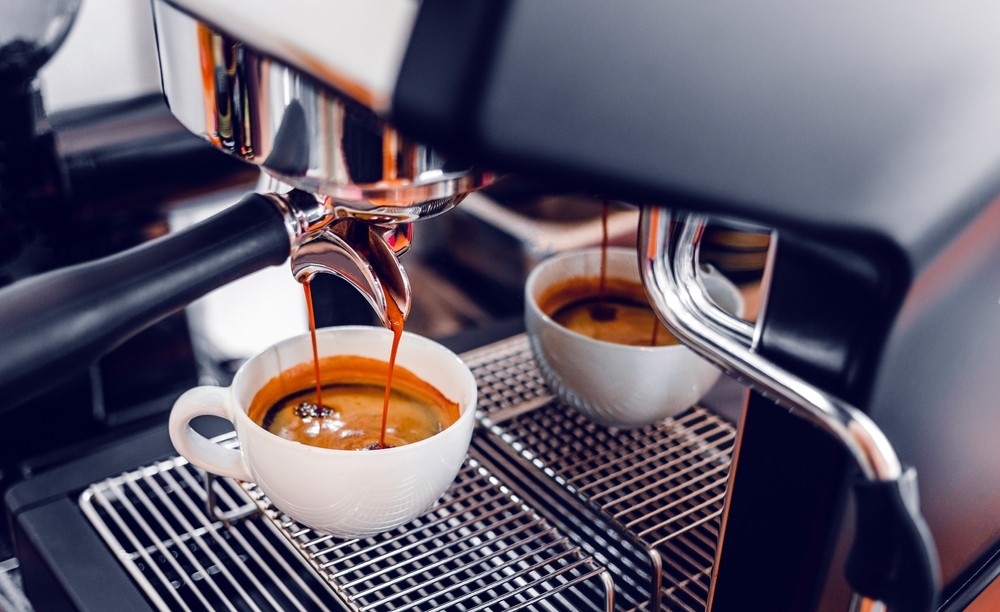
First, let's look at "TDS," which indicates the density of a liquid. This stands for "Total Dissolved Solids," which means "total dissolved solids" in Japanese.
This is a value that indicates how much coffee components are contained in the extracted coffee liquid, and is expressed as a percentage (there are other ways of expressing it, but for coffee it is most often expressed as a percentage).
To measure this value, you will need a concentration meter. Coffee concentration meters made by ATAGO or VST are commonly used, and this is what you will use to measure it.
However, since the readings from concentration meters vary depending on individual differences and the temperature of the liquid, it is best to think of it as just a guideline.
TDS is a measure of concentration, so the higher the number, the stronger the taste and the heavier the texture.
On the other hand, if it's too low, the taste and texture will be weak, and if it's too low, it will be watery.
Classic espresso is said to have a strength of 8 to 12%, while drip coffee is said to have a strength in the low 1% range, so when you consider these numbers, it's easy to get an idea of how strong or weak the coffee is.
This is a value that indicates how much coffee components are contained in the extracted coffee liquid, and is expressed as a percentage (there are other ways of expressing it, but for coffee it is most often expressed as a percentage).
To measure this value, you will need a concentration meter. Coffee concentration meters made by ATAGO or VST are commonly used, and this is what you will use to measure it.
However, since the readings from concentration meters vary depending on individual differences and the temperature of the liquid, it is best to think of it as just a guideline.
TDS is a measure of concentration, so the higher the number, the stronger the taste and the heavier the texture.
On the other hand, if it's too low, the taste and texture will be weak, and if it's too low, it will be watery.
Classic espresso is said to have a strength of 8 to 12%, while drip coffee is said to have a strength in the low 1% range, so when you consider these numbers, it's easy to get an idea of how strong or weak the coffee is.
Yield is a number that indicates extraction efficiency
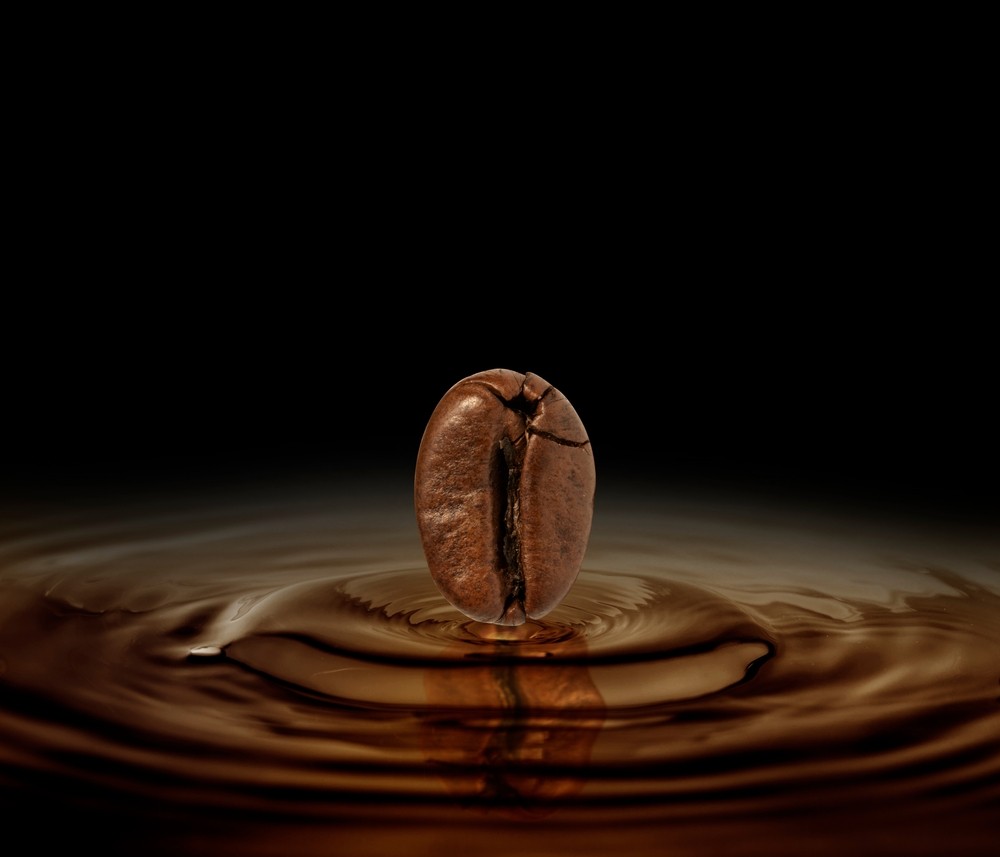
Next is the yield, or "EY." EY stands for Extraction Yield, and it indicates the percentage of ingredients dissolved in water from the coffee grounds.
It is the rate at which components have moved, expressed as a percentage, and can be calculated using the TDS mentioned above.
The calculation formula is as follows:
It is the rate at which components have moved, expressed as a percentage, and can be calculated using the TDS mentioned above.
The calculation formula is as follows:
EY (%) = Extracted coffee volume (g) x TDS (%) ÷ Coffee powder used (g)
For example, if you extract 12g of coffee with 140cc of hot water, resulting in a final volume of 120cc, with a measured TDS of 1.5%, the calculated value is 15%. This is your EY value.
So, what kind of indicator is EY used as?It is used as a guideline to determine whether something is over-extracted or under-extracted.
The higher the number, the more efficient the extraction, the more ingredients there are, and the more complex the taste.
If the temperature is too high, bitterness and impurities will dominate, resulting in "over-extraction."
On the other hand, if the number is low, the sweetness will be reduced and the acidity will be stronger, and if the acidity is the dominant flavor, the tea will be "unextracted."
However, there is no standard for what constitutes over-extraction or under-extraction.
The Specialty Coffee Association (SCA) defines an EY value of 18-22% as "proper extraction," with anything below this being under-extracted and anything above this being over-extracted. However, just because a coffee does not necessarily fall within this range does not mean it has not been properly extracted.
The difference in taste is due to the fact that, roughly speaking, the components of coffee dissolve in water in the following order:
So, what kind of indicator is EY used as?It is used as a guideline to determine whether something is over-extracted or under-extracted.
The higher the number, the more efficient the extraction, the more ingredients there are, and the more complex the taste.
If the temperature is too high, bitterness and impurities will dominate, resulting in "over-extraction."
On the other hand, if the number is low, the sweetness will be reduced and the acidity will be stronger, and if the acidity is the dominant flavor, the tea will be "unextracted."
However, there is no standard for what constitutes over-extraction or under-extraction.
The Specialty Coffee Association (SCA) defines an EY value of 18-22% as "proper extraction," with anything below this being under-extracted and anything above this being over-extracted. However, just because a coffee does not necessarily fall within this range does not mean it has not been properly extracted.
The difference in taste is due to the fact that, roughly speaking, the components of coffee dissolve in water in the following order:
Sour component → Sweet component → Bitter component
In other words, if the tea is "unextracted," the acidic components have been transferred to the water, but the sweet and bitter components have not yet been extracted. If the tea is "over-extracted," the acidic, sweet and bitter components have been released, but the bitter components are predominant.
Use of each number
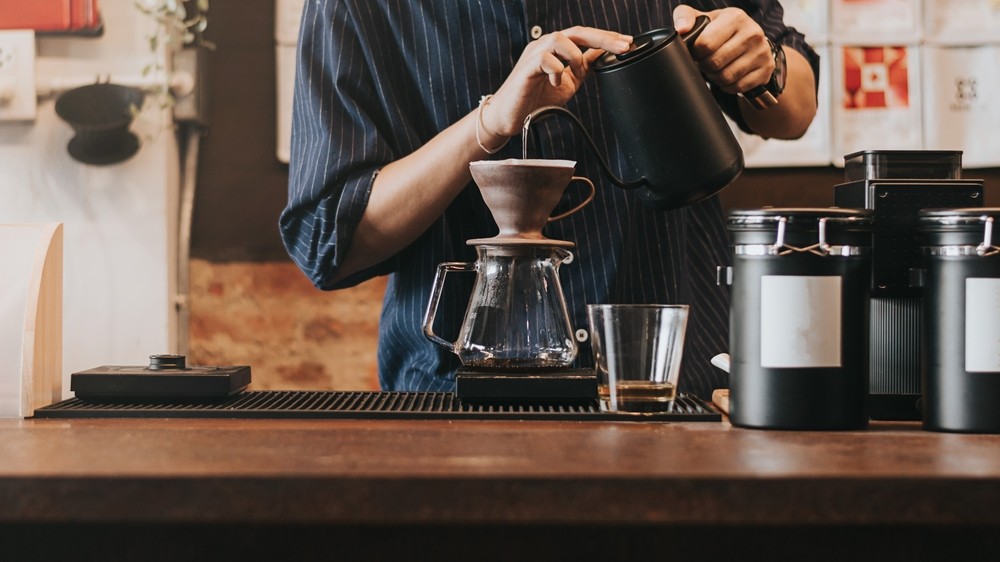
Of the two numbers, "TDS" can express the strength of taste or texture, but it is rarely used on its own.
In practice, it is often used to calculate the "EY" value, which can be used to determine over-extraction or under-extraction and express the balance of taste.
There is no universally appropriate value for the EY value, so it is primarily used to compare two different types of coffee.
These objective figures are extremely useful when verifying differences due to brewing methods and various other conditions.
However, there is a limit to what can be expressed by numbers alone, so it will be necessary to also conduct sensory evaluations such as cupping.
So far, we have explained the values of TDS and EY.
The values will vary depending on temperature, extraction time, particle size, extraction method and procedure, so we would like to explain these factors in more detail in the future.
In practice, it is often used to calculate the "EY" value, which can be used to determine over-extraction or under-extraction and express the balance of taste.
There is no universally appropriate value for the EY value, so it is primarily used to compare two different types of coffee.
These objective figures are extremely useful when verifying differences due to brewing methods and various other conditions.
However, there is a limit to what can be expressed by numbers alone, so it will be necessary to also conduct sensory evaluations such as cupping.
So far, we have explained the values of TDS and EY.
The values will vary depending on temperature, extraction time, particle size, extraction method and procedure, so we would like to explain these factors in more detail in the future.
If you want to enjoy coffee more deeply
" CROWD ROASTER APP"
Manabu at CROWD ROASTER LOUNGE
・Push notifications for article updates・Full of original articles exclusive to CROWD ROASTER
・Direct links to detailed information about green beans and roasters
App-only features
- Choose green beans and roasters to create and participate in roasting events・CROWD ROASTER SHOP: Everything from beans to equipment is readily available
・GPS-linked coffee map function



